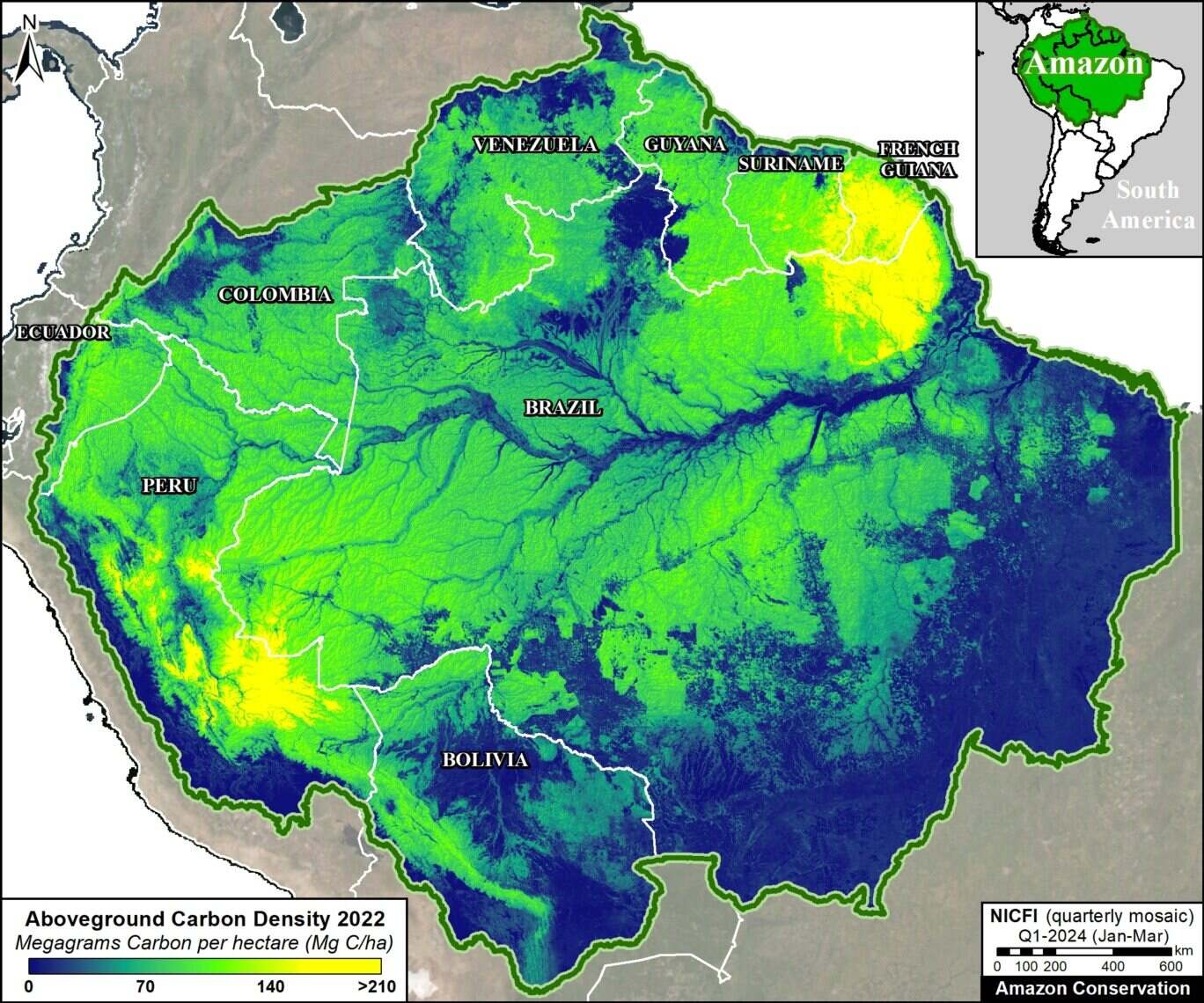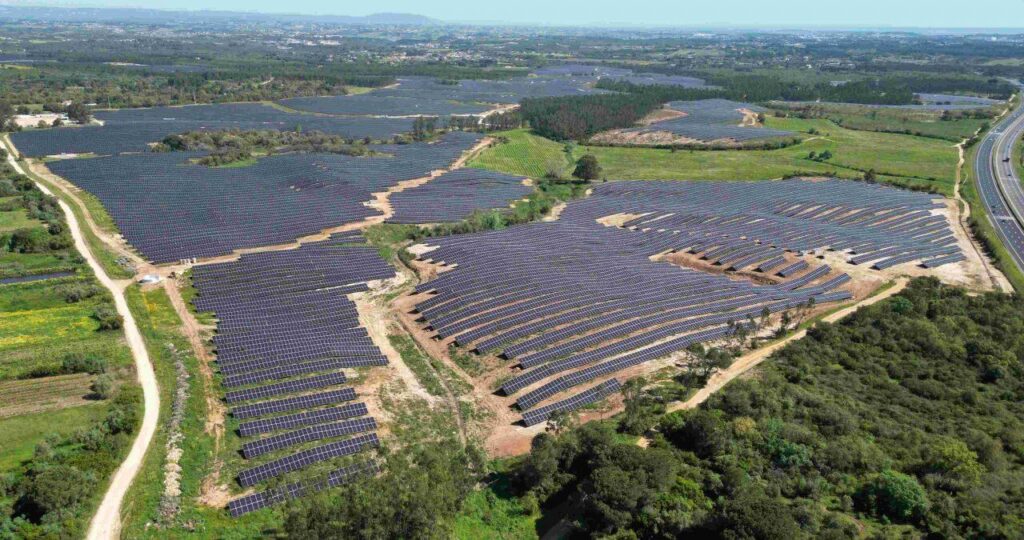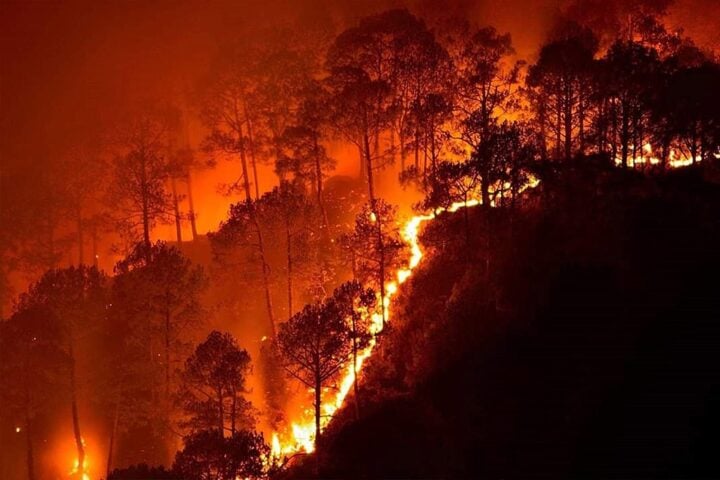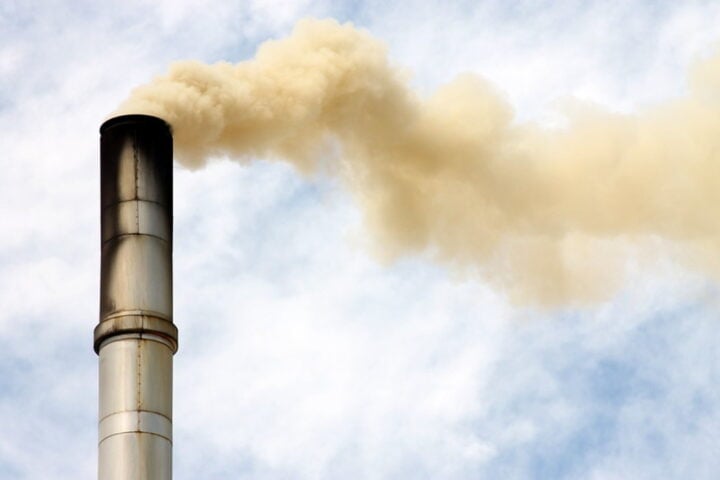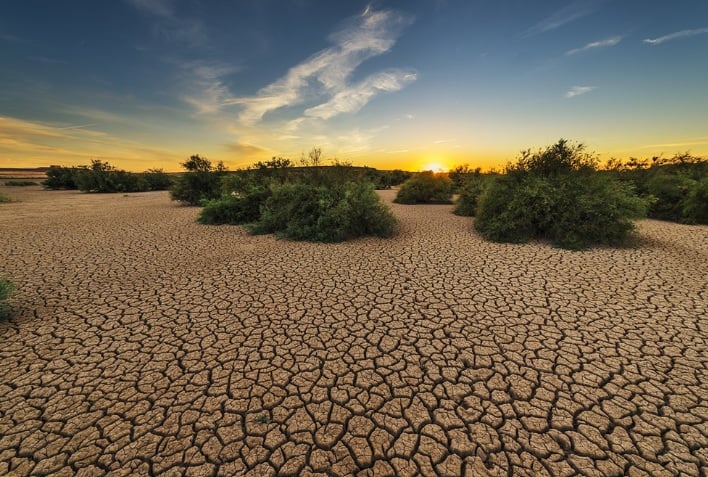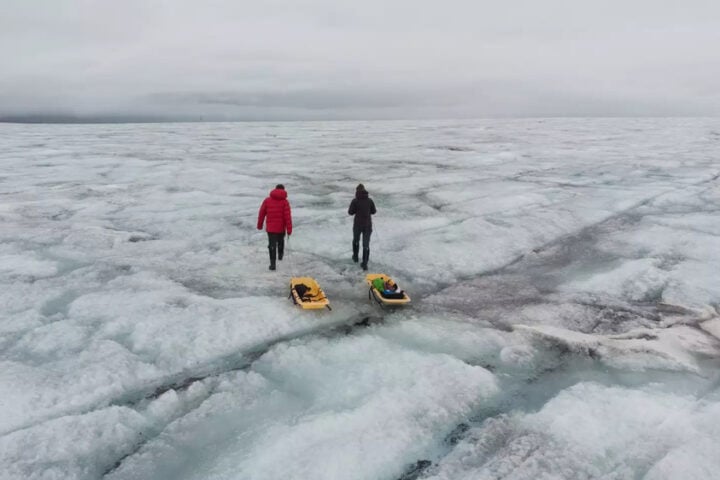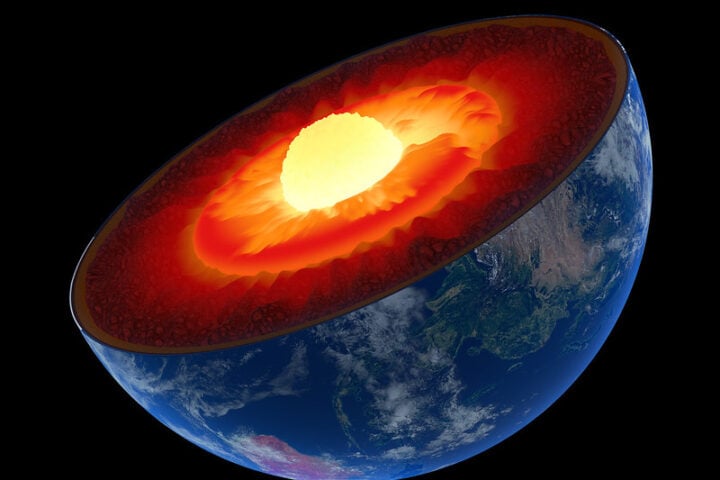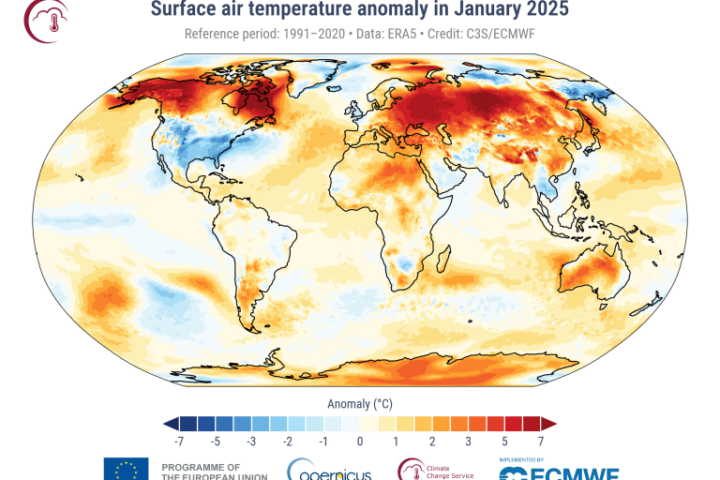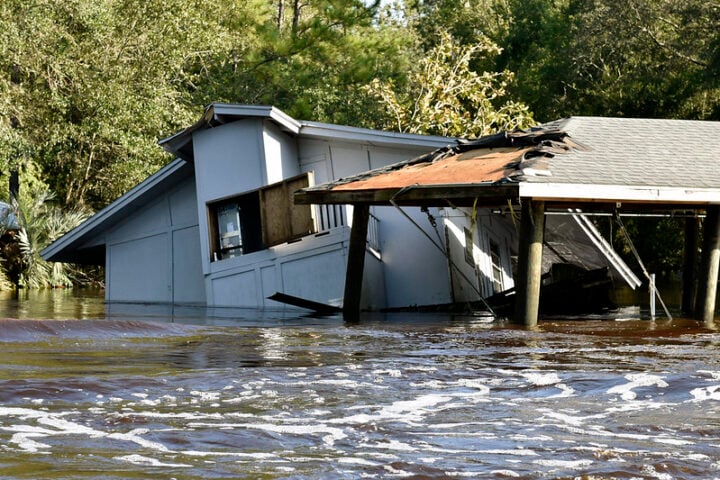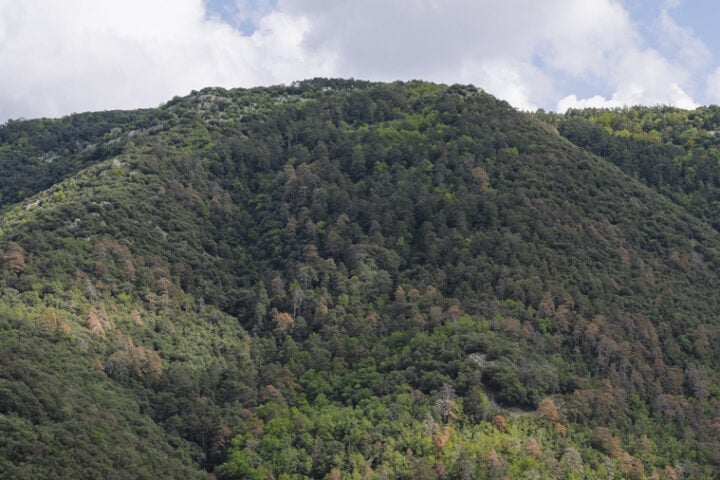The Amazon rainforest has been playing a critical role in our fight against global climate change. The Amazon biome created by the rainforest has been one of the largest carbon sinks in the world. Even now, predicting the accurate numbers on the carbon data related to the rainforest is a challenge. However, recently new satellite-based technologies have made advancements in the field and provided new data sets. Amazon Conservation Association, an NGO based in Peru and Bolivia, used its project, Monitoring of the Andean Amazon Project (MAAP) to study the data provided notably by NASA’s GEDI mission and recent data by Planet Forest Carbon Diligence, to give out more detailed estimate of the total above-ground carbon in the Amazon.
The project analyzed the new dataset of a 10-year historical time series (2013-2022) with wall-to-wall estimates for aboveground carbon density at 30-meter resolution. The report revealed that the Amazon contained 56.8 billion metric tons of aboveground carbon as of 2022, with peak carbon levels largely concentrated in the southwest Amazon (southern Peru and adjacent western Brazil) and northeast Amazon (northeast Brazil, French Guiana, and Suriname). The Countries with the most aboveground carbon are Brazil (57%), Peru (15%) and Colombia (7%) These countries are followed by Venezuela (6%), Bolivia (6%) Guyana (3%) Suriname (3%) Ecuador (2%) and French Guiana (2%). The report estimates an increase to 71.5 billion metric tons of above and belowground carbon. This is almost equal to two years of global carbon dioxide emissions at the peak 2022 level.
The total increase of 64.7 million metric tons of aboveground carbon throughout the Amazon between the 10 years of 2013 and 2022 indicates that the Amazon is still functioning as a critical carbon sink. The experts at Planet, the company that provided data for the report, commented in the context of the report saying that “Earth’s most critical forest remains a carbon sink – though just barely. With the Amazon on the cusp, effective and timely action is urgently required to safeguard a globally important carbon sink and forestall a flip into a net carbon emissions source.”
Similar Posts
David Lapola, a professor at the State University of Campinas who was not part of the study and conducted independent research and studies, said that the findings are consistent with other studies. He said that looking at forest degradation changes the whole perspective, even though the overall carbon absorption in the Amazon basin remains positive when looked at only core areas. He added that deforestation could be tackled easily, even when it has destroyed roughly 20% of the Amazon, rather than trying to reverse the impact of climate change on the rainforest, which is seeing an extreme drought continuously for the second year.
In his statement given to the press, he concluded that “It is crucial to turn our attention to how climate change and extreme weather events could alter the carbon sink in untouched forests; This is considerably more difficult to address as it involves a concerted effort to reduce greenhouse emission.”
